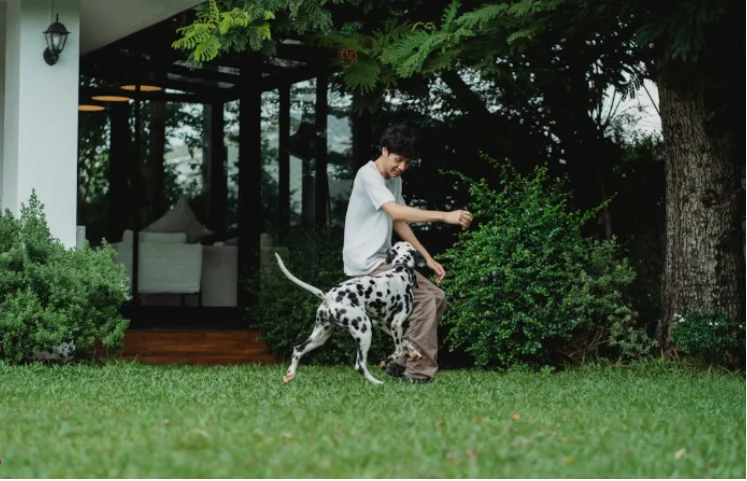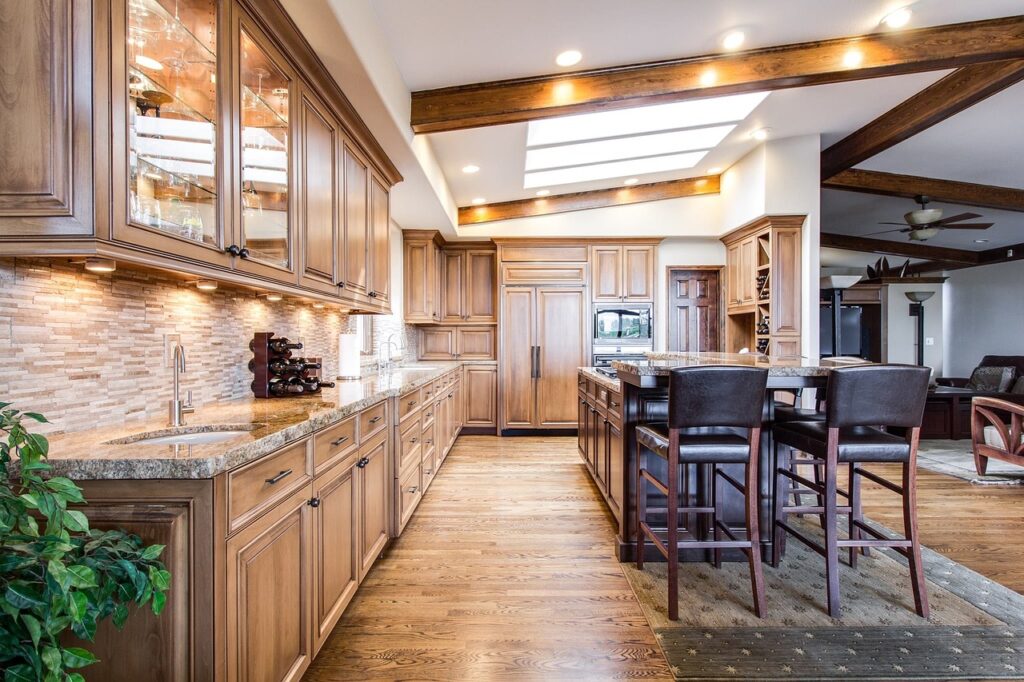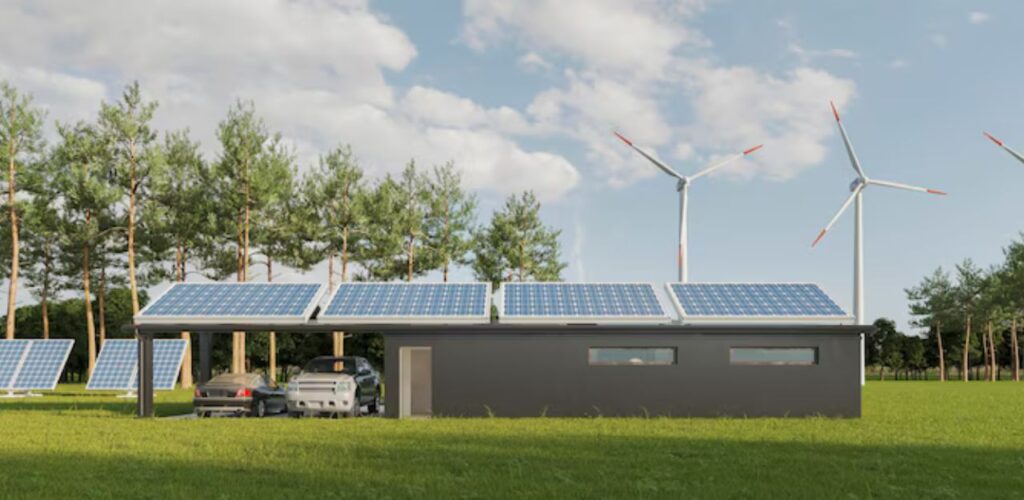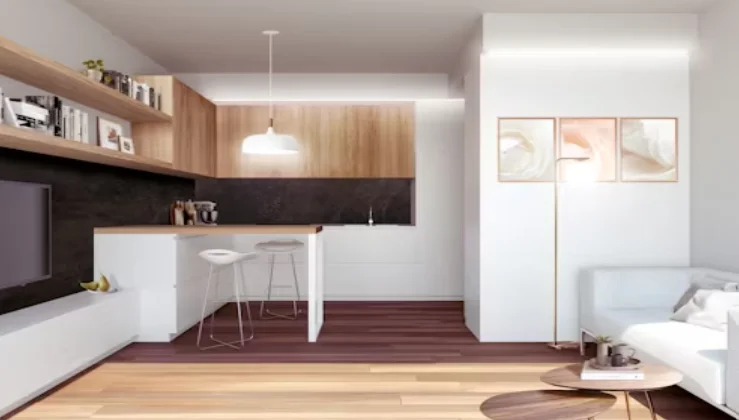
Every year, millions of pets get lost, hurt, or sick because their outdoor space isn’t safe. Some of these disappearances happen right from the yard. Others involve pets getting into harmful plants or chemicals. A backyard that seems harmless to you might be full of hidden risks for your pet.
Many homeowners focus on style or landscaping goals, but they forget to plan with their pet in mind. That’s a mistake. Pets, especially dogs, see the yard as their playground, toilet, and nap zone. So if you’re designing or updating your yard, now’s the time to do it with your furry friend at the center of the plan.
A pet-friendly yard doesn’t just prevent problems—it gives your pet a safer and more comfortable space to enjoy every day.
Pick a Fence That Works for Everyone
Fencing is one of the most important parts of a pet-friendly yard. It keeps your pet in and keeps unwanted animals out. But not all fences are equal. A wood fence offers privacy, which can help anxious pets stay calm. Vinyl is easy to clean and stands up well to weather. Chain link is affordable and durable, though not the best for privacy. Aluminum is sleek and strong, and works well for stylish homes.
Each material has its pros and cons, so think about your budget and your pet’s behavior. You can try an online fence estimator tool to compare heights and prices. This gives you a clear idea of what will work before you start spending money or hiring a contractor. Just make sure the fence goes deep enough into the ground if your pet loves to dig—and high enough if jumping is a concern.
Give Your Pet a Shaded Spot to Relax
Dogs and cats need shade to avoid overheating. If your yard has large trees, that’s great. But not all yards do. In that case, you can add a covered patio, a small awning, or even a large outdoor umbrella. Just make sure the shaded spot is easy to access and far from noisy or stressful areas like the street.
Add a raised bed or outdoor mat so your pet doesn’t have to lie on hot ground. Keep water bowls filled nearby. A cooling mat is also a good idea for summer days. With just a few simple touches, you can give your pet a place to rest that keeps them comfortable and out of harm’s way.
Choose Plants That Won’t Harm Your Pet
Not all plants are safe for animals. Some common landscaping choices can actually be toxic. Lilies, sago palms, oleander, and foxglove are just a few plants that are dangerous for cats and dogs. Cocoa mulch, made from cocoa shells, can also be harmful if eaten. It’s better to skip these options altogether.
Instead, stick with pet-safe plants like marigolds, sunflowers, or fescue grass. Herbs like rosemary and basil are also safe and useful. If you’re unsure about a plant, check with your vet or local garden center before planting it. Creating a yard full of safe greenery helps protect your pet from accidental poisoning and cuts down on stress for you.
Watch Out for Hidden Dangers
Even a tidy yard can have hidden hazards. Sharp tools left in the grass, loose wires, broken fence panels, or open gates can all pose a risk. Garden chemicals like weed killers, fertilizers, or insect sprays can make pets sick, even days after they’ve been used.
To fix this, store tools and chemicals in locked sheds or bins. Check your fence weekly for damage. Use only pet-safe lawn products, which are clearly marked. And if you have garbage bins outdoors, secure the lids tightly or keep the bins inside a fenced area. These small steps go a long way in keeping your pet safe while they enjoy the yard.
Set Up a Clear Potty Area
One of the best things you can do for your yard—and your pet—is to set up a designated potty area. This helps keep the rest of your outdoor space clean and healthy. It also makes yard maintenance easier. You don’t want to deal with pet waste all over your lawn or step into surprise messes while watering plants.
The potty area should be easy for your pet to reach but away from your main seating or play areas. You can use pea gravel, mulch, sand, or artificial turf for the ground. These surfaces are easy to rinse and won’t damage as easily as natural grass. Once you pick a spot, train your pet to go there each time. It may take some consistency at first, but it pays off quickly.
Create a Space for Safe Digging
Some dogs love to dig. It’s not always bad behavior—it’s just something they enjoy. But if you don’t give them a place to do it, they’ll choose their own spot. That could be your garden, your flower bed, or even under the fence.
You can avoid this by setting up a digging zone. Pick a small corner of the yard and fill it with loose dirt or sand. Make it fun by hiding a toy or treat now and then. You can even line the area with stones or bricks to keep it contained. If your dog has a place to dig freely, they’re much less likely to damage other parts of the yard.
Add Play Features for Stimulation
A boring yard can lead to trouble. If your pet doesn’t have anything to do, they’ll start looking for ways to stay busy—and that often means chewing plants, barking, or digging where they shouldn’t. You can fix this by adding features that keep them entertained.
For dogs, this might mean a ramp, a tunnel, or a water feature like a sprinkler pad. For cats, it could be a climbing post or shaded perch. Keep these features simple and safe. You don’t need anything fancy—just something that keeps your pet moving, thinking, and happy while they’re outside.
Designing a pet-friendly yard is about more than just safety—it’s about creating a space that your pet enjoys and that you feel good about. When your yard is built with your pet’s needs in mind, you get fewer messes, less stress, and a much happier animal.
Start with smart fencing. Add shade, safe plants, and fun features. Create zones for rest, play, and potty time. Check for hazards and stay consistent with maintenance.
In the end, you’ll have a yard that looks great and works even better—for both you and your pet. A little planning today can make all the difference tomorrow.

Braxons Group: Liquidity Protocols for RWA and Yield Strategies — Bridging Real Assets with DeFi

Do I Need a Business License for My Ohio LLC

Unlocking Niche Audiences Through A Strategic Market Segmentation Service

Accelerating drug discovery through the DEL-ML-CS approach

AI in Marketing Is No Longer a Buzzword — It’s the Strategy

Acamento: A Complete Guide to Meaning, Usage, and Industry Relevance

The Solar Generator Revolution: Beyond Gas Guzzlers

Shuttergo: Revolutionizing Smart Window Solutions for Modern Living








